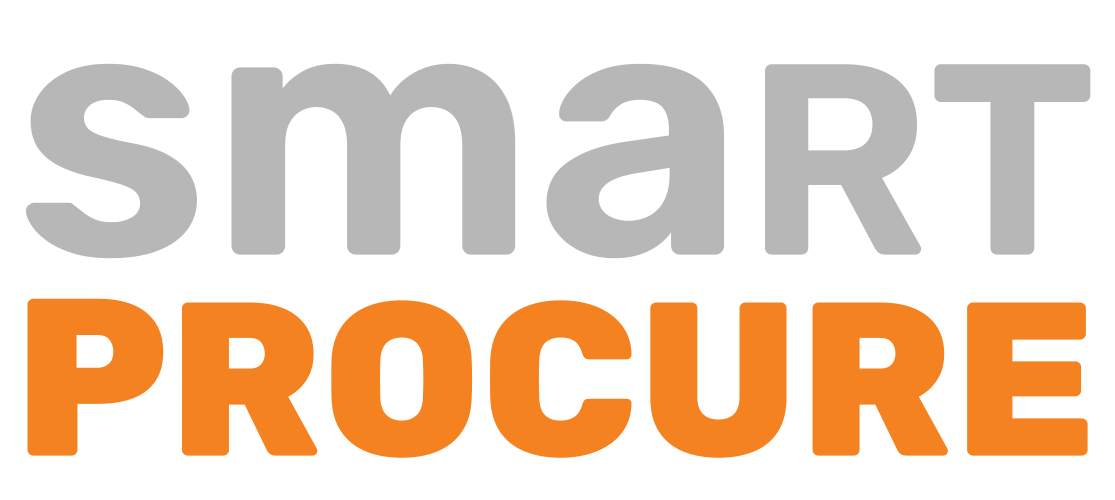The evolution of purchasing from the past to the present and the benefits of the methods used are the most important things that keep today's large companies alive.
Procurement has always been a part of commercial structures from the past to present. Companies that adopt a more organized business life are now making a strong impact on their corporate governance.
The procurement department, upon which foreign countries formed the basis in the late 1890s, gradually became a well-established system. It has been used as a separate department other than some railway stations.
Even in the 1900s, the procurement function was mainly manufacturing. The increasing need for raw materials and supplies during World War I and World War II increased the importance of the procurement function.

After the 1930s, "sales" took on a new dimension with the emergence of new marketing trends. Today, companies face numerous challenges. Between the 1950s and 1960s, more refined techniques for purchasing started.
The number of trained personnel has increased, making it possible to see professional purchasers. In the early 1970s, new systems were developed and purchasing was seen in strategic planning. In the 1980s, procurement became a competition strategy. Those were the years when the right questions began to be asked.
-
Do we buy at the right cost?
-
Does the supplier manufacture the right quantities?
-
Does the supplier provide information as to whether the right product is being produced?
-
Will the products arrive at the right time?
The 1990s were the most important years that brought the purchase to where it is today. Proposal of purchase value has increased. Purchasers had the right and permission to negotiate, download and request. Thus, we realized the need to reduce costs.
In Turkey, however, things were different. The structures that form the backbone of the purchasing concept in Turkey were people called "mubayaacı" before the 1990s. They are people who try to strike a best price deal with suppliers according to the needs of the operators or factories. Those who supplied the goods daily tried to make the cheapest purchase. The purchases restricted by short-term plans did not go beyond the fetch-use strategies and were undertaking result-oriented activities.
The 2000s were the destination for brighter beginnings. Medium-term plans were also in place. Businesses or factories that used to work with a fixed supplier began to evaluate the suppliers in the 1990s and onwards. Visits were made on a weekly basis. Past export agents completed the delivery of the product themselves and the deliveries started in the 2000s.
Purchasing continues to grow and a broader perspective has been captured. Assessments of the current expenditures of companies paved the way for the creation of budget analyzes. The new acquisition technologies that have been developed have made purchasing easier. SAP and ERP software are examples of this. The procurement gained an integrated understanding of supply chain management and was the departments that hold the majority of astronomical figures for companies.
Meanwhile, the P2P model also improves the use of external resources. Total cost analyzes, outcomes and strategic sourcing have been developed. With the introduction of data mining and benchmarking, the power of software to make purchasing easier has been benefited and continues to be utilized.
Procurement professionals continue to multiply the profitability of companies through long-term strategic plans. Internal and external market surveillance, international quality standards, category based specializations, routine supplier visits, reporting and finally target oriented work are the new lines of 2014 to the present day created by procurement departments and specialists.
DIGITA’s innovative technology and expert support can help
We have put the knowledge, know-how and experience of leading purchasing professionals into one software for you.
If You Want Call First
